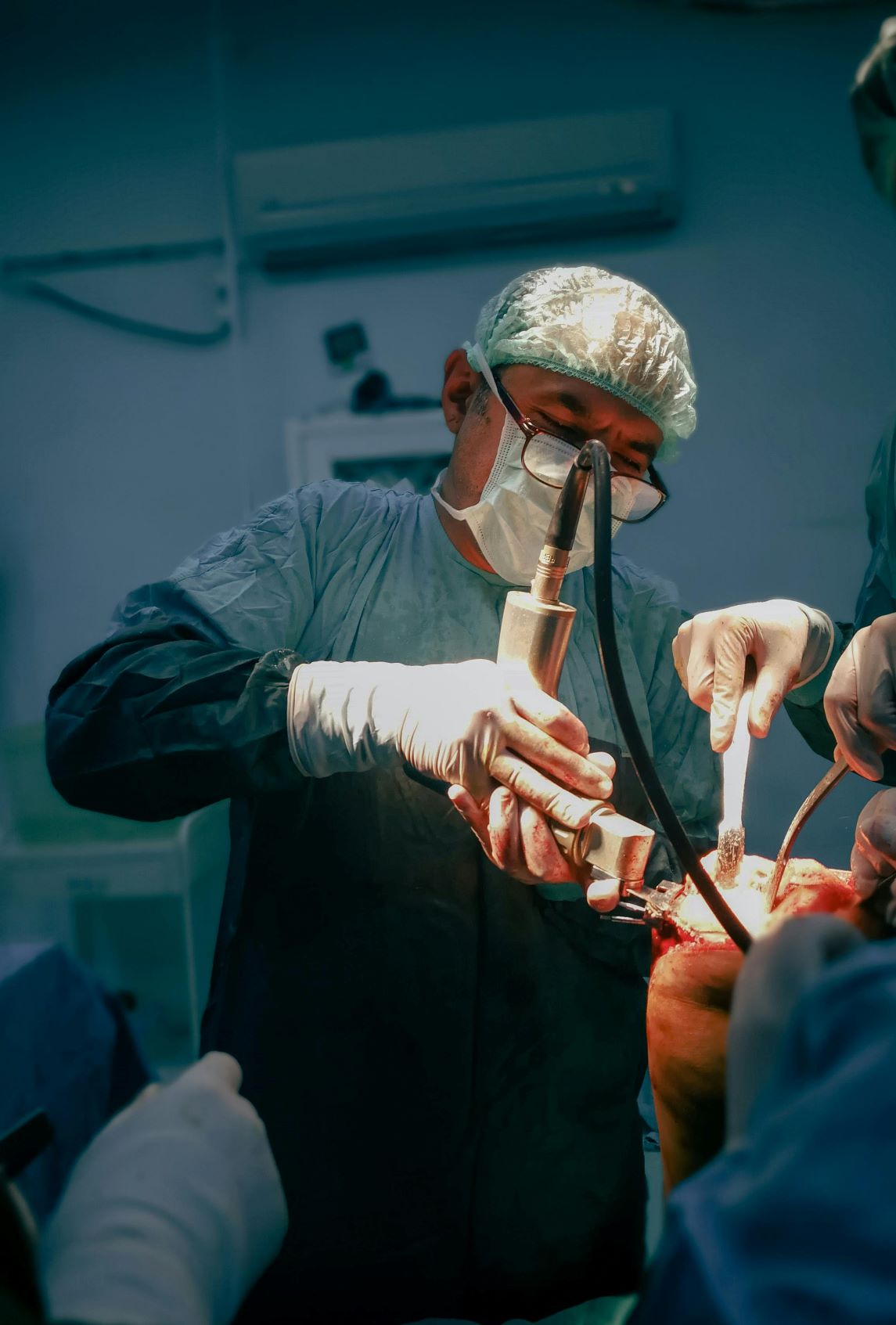
Recovery time from oral surgery varies depending on the type of procedure performed. Simple tooth extractions typically heal within 7-10 days, while more complex procedures like wisdom tooth removal, bone grafting, or dental implant placement can require 2-6 weeks for initial healing. Complete bone and tissue remodeling may take several months.
Most patients can return to normal activities within 3-5 days for straightforward extractions. Complex procedures may require 1-2 weeks before resuming regular routines. Understanding your specific recovery timeline helps you plan time off work, arrange for assistance, and set realistic expectations for your healing process.
Several factors influence how quickly you heal, including the complexity of your surgery, your age, overall health, and how well you follow post-operative instructions. Patients who follow their dentist’s care guidelines typically experience faster, more comfortable recoveries with fewer complications.
Immediate Post-Surgery Period: The First 24-48 Hours
The first two days after oral surgery are when you’ll experience the most discomfort and need the most rest. Bleeding is normal during the initial 12-24 hours and can be managed by biting on gauze pads. Change gauze every 30-45 minutes until bleeding subsides.
Swelling typically peaks around 48-72 hours post-surgery. Apply ice packs to your face for 15-20 minutes at a time during the first 48 hours to minimize swelling. After this period, switch to warm compresses to promote healing.
Managing Pain and Discomfort
Pain levels are highest during the first 24 hours and gradually decrease over the following days. Take prescribed or over-the-counter pain medication as directed before the anesthesia wears off. This proactive approach helps you stay ahead of discomfort.
Stick to soft, cool foods like yogurt, smoothies, and applesauce during this initial period. Avoid hot foods, alcohol, and anything that requires significant chewing. Stay hydrated but don’t use straws, as the suction can dislodge blood clots and cause dry socket.
Days 3-7: Early Recovery Phase
By day three, you should notice significant improvement. Swelling begins decreasing, and pain becomes more manageable. Many patients can reduce pain medication or switch to over-the-counter options during this phase.
The surgical site starts forming new tissue, and any initial bruising may become more visible before it starts fading. This is normal and indicates your body is healing. Continue with soft foods but you can gradually introduce slightly firmer options if comfortable.
Activity Restrictions During Week One
Limit physical activity during the first week. Avoid exercise, heavy lifting, or activities that increase blood pressure, as these can trigger bleeding or delay healing. Most patients can return to work after 2-3 days for simple extractions, but complex procedures may require a full week off.
Keep your head elevated when lying down to reduce swelling. Sleep with extra pillows for the first few nights. Avoid smoking and alcohol, as both significantly impair healing and increase complication risks.
Weeks 2-4: Continued Healing
The second week brings noticeable improvements. Most pain resolves, though you may still experience some tenderness at the surgical site. Swelling should be minimal or completely gone by this point.
Sutures, if placed, are typically removed around day 7-10, or they dissolve on their own if dissolvable stitches were used. The extraction site continues filling in with new tissue, though it won’t be fully healed yet.
Returning to Normal Activities
You can gradually resume normal activities during weeks 2-4. Start with light exercise and slowly increase intensity. Most patients can return to their regular diet, though it’s wise to avoid very hard, crunchy, or sticky foods near the surgical site.
The socket continues healing beneath the surface. Bone regeneration is underway, though this process takes several months to complete. Soft tissue typically heals faster than underlying bone.
Factors That Affect Your Recovery Timeline
Your age plays a significant role in healing speed. Younger patients generally heal faster than older adults because their bodies produce new cells more rapidly. However, proper care matters more than age alone.
The complexity of your procedure directly impacts recovery time. Simple single-tooth extractions heal much faster than impacted wisdom tooth removal or bone grafting procedures. Multiple extractions require longer recovery than single extractions.
Health Conditions and Healing
Pre-existing health conditions can slow healing. Diabetes, autoimmune disorders, and conditions affecting blood flow may extend recovery time. Medications like blood thinners or steroids also influence healing speed.
Smoking is one of the most significant factors that delays healing. Tobacco constricts blood vessels, reducing oxygen and nutrients reaching the surgical site. Smokers face higher complication rates and longer recovery periods.
Signs of Normal Healing vs. Complications
Normal healing includes mild discomfort that gradually decreases, some swelling that peaks around day 2-3 then improves, and slight oozing that stops within 24 hours. The surgical site should look progressively better each day.
Watch for signs that require contacting your dentist. Severe pain that worsens after day 3, fever above 101°F, excessive bleeding that doesn’t stop with pressure, or a foul taste and odor from the surgical site may indicate infection or dry socket.
When to Seek Immediate Care
Contact Precision Dental Arts immediately if you experience:
- Severe, worsening pain that doesn’t respond to medication
- Heavy bleeding that continues after 24 hours or restarts suddenly
- Difficulty breathing or swallowing
- Numbness that persists beyond the expected timeframe
- Pus or discharge from the surgical site
Early intervention prevents minor issues from becoming major complications. Don’t hesitate to call if something doesn’t feel right.
Accelerating Your Recovery
Follow these guidelines for optimal healing:
- Take all prescribed medications exactly as directed
- Apply ice for the first 48 hours, then switch to heat
- Eat nutrient-rich soft foods to support tissue repair
- Avoid touching or disturbing the surgical site
- Get plenty of rest and sleep with your head elevated
- Stay hydrated but avoid using straws
Gentle salt water rinses starting 24 hours post-surgery help keep the area clean. Mix half a teaspoon of salt in warm water and gently swish. Don’t rinse vigorously, as this can dislodge blood clots.
Planning Your Recovery Successfully
Understanding your expected recovery timeline allows proper planning. Schedule your surgery when you can take adequate time off work or school. Arrange for someone to drive you home and stay with you for the first 24 hours.
Stock your kitchen with appropriate foods before surgery. Having everything ready reduces stress and ensures you can focus on healing. Prepare a comfortable recovery space with extra pillows, entertainment, and medications within reach.
At Precision Dental Arts in San Diego, our experienced team provides detailed post-operative instructions tailored to your specific procedure. We’re available to answer questions and address concerns throughout your recovery. Contact us to schedule your consultation and learn more about what to expect from your oral surgery procedure.
Every patient heals at their own pace, but following professional guidance significantly improves outcomes. With proper care and realistic expectations, most patients experience smooth, uncomplicated recoveries and excellent long-term results.
